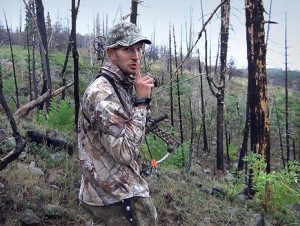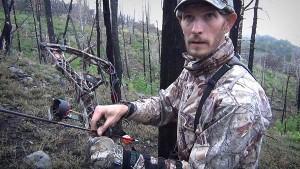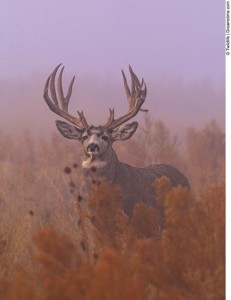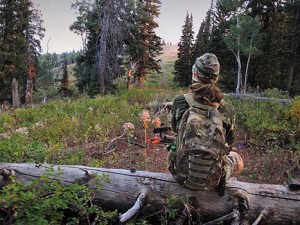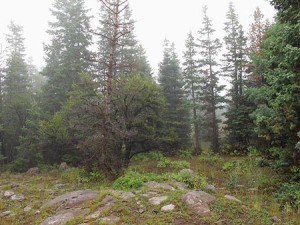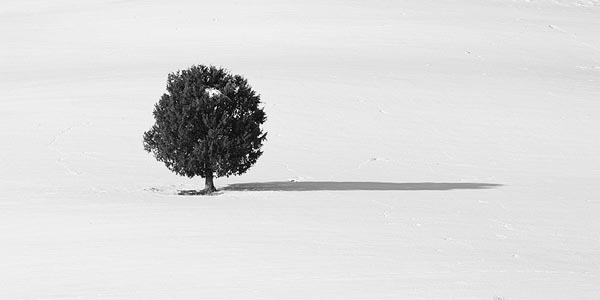Stealth in Hunting
As bowhunters soon learn, the deer’s few disadvantages are greatly outweighed by its many advantages, particularly in terms of its super-sensory abilities. Now, assuming you’ve finally located a deer undetected, how does the novice hunter close the distance—that very small gap required to get within bow range? Of all the skills a bowhunter must learn, stealth is probably the most important and difficult to master.
During my early bowhunting career I climbed clumsily through the woods, snapping twigs and crunching pinecones as I went. Meanwhile, all the forest creatures sat staring my way in horror. Eventually, you get tired of busting all the deer out before you see them and learn to slow way down, becoming painfully aware of each step which is carefully placed around endless twigs, pinecones, brush, and crunchy pebbles. You become obsessed with wind direction which is your best friend or worst enemy. You must diligently adjust your approach against the breeze which carries your human scent back and away from you. Not only can you use wind direction for scent control, but the rustling leaves and howling wind can work wonders to camouflage the inevitable noises you do make. But hunting in high winds has its drawbacks too. Like most prey species, deer are extra wary on a windy day because it’s difficult for them to hear predators approaching. If you observe a buck feeding on a windy day, you’ll see his head up and looking around a lot more than usual. They also tend to stay bedded longer.
Besides using the wind to mask my noise, I try to keep my movements to a minimum. You’re obviously going to have to move to find deer; ambush plans don’t always work. When you find yourself hunting midday, for example, and it’s dreadfully hot and the deer aren’t moving, then you must move. Otherwise, you are here and the deer are there and you never meet in-between. But you can still optimize your approach. For example, I rarely take more than eight or ten steps before stopping to listen and glass over the ever-changing landscape. Many years ago I developed a game to help me with stealth. Whenever I snapped a twig I would force myself to stop and sit down in that very spot for fifteen minutes and just listen. I found that unless I continued making noise, the deer would eventually go back to what they were doing. But if I continued moving, the deer would confirm the danger and leave. A single noise in a forest full of other wildlife is eventually discarded by the deer. Countless times I’ve watched deer turn and stare in the direction of a noise with eternal patience, but if the sound wasn’t repeated, they’d eventually go back to their normal routine.
Every track, rub, bed, and sign you encounter, along with other factors such as wind, terrain, and forage, will dictate your direction of travel. The hardest part is moving undetected. It was during one of these early lessons that I had my first encounter with a bull elk. It was my third archery deer hunt and I had just spent much of the day ghosting along slowly and quietly, like a puff of smoke through the dense timber. Suddenly, a patch of tan fur caught my eye only ten yards ahead of me. I crouched down and observed a giant six-point elk standing in a thicket of pines, completely oblivious to my presence. I didn’t have an elk tag so I just sat and watched him while he stood and watched the woods. At that moment, I knew my lesson in stealth was complete.

